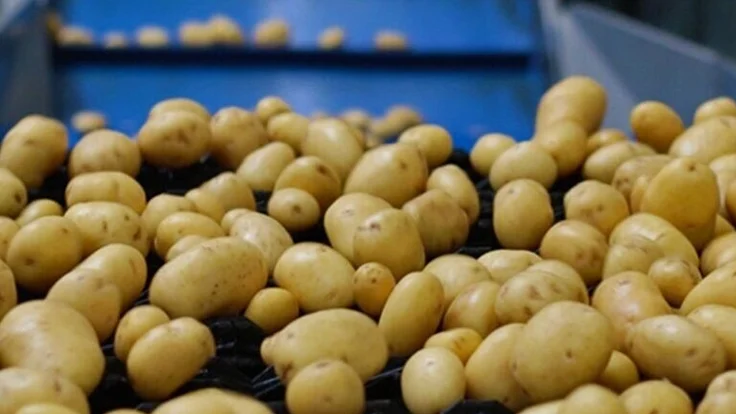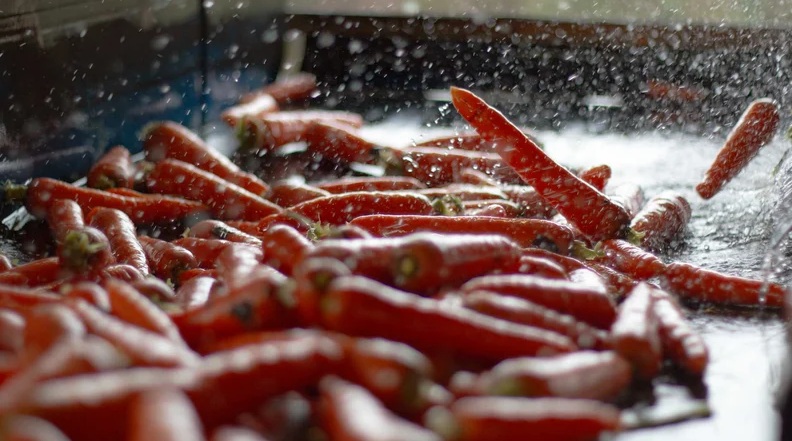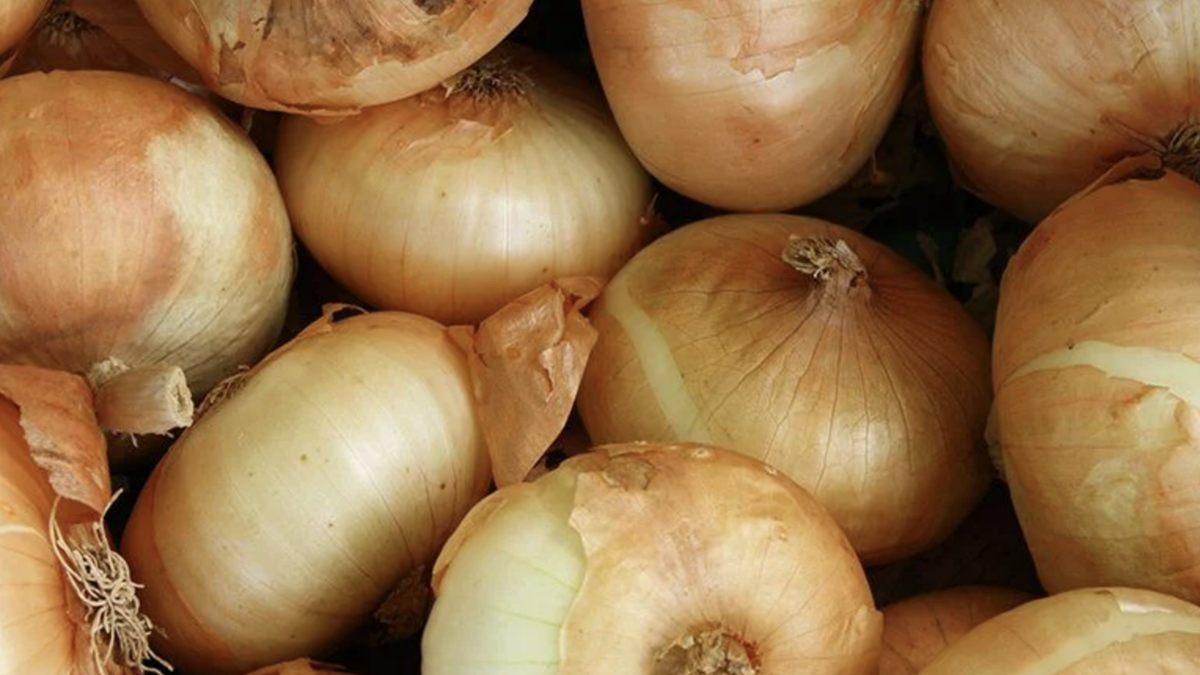Conditioning , Cooling and CA , Packaging , Processing
Hoppers, bunkers, bins and boxes
The post-harvest industry, like many others, is full of jargon and terminology. What one person views as a ?hopper,? another may call a ?feeder,? ?tank? or ?bunker?! Accurate terms and names matter. They reduce confusion, allow for mutual understanding and pave the way for collaboration and further problem-solving. With over 50 years? experience in producing solutions for the post-harvest sector, Wyma has helped shape some of this terminology. WYMA explains the options for hoppers, bunkers, bins and boxes. Hoppers These are most often defined as a container for loose bulk material. In other sectors ? such as for grain and seed ? these usually have tapered sides and the ability to discharge contents from the bottom, but this is not how our sector
28 April, 2021
The post-harvest industry, like many others, is full of jargon and terminology. What one person views as a hopper, another may call a feeder, tank or bunker! Accurate terms and names matter. They reduce confusion, allow for mutual understanding and pave the way for collaboration and further problem-solving. With over 50 years experience in producing solutions for the post-harvest sector, Wyma has helped shape some of this terminology. WYMA explains the options for hoppers, bunkers, bins and boxes. HoppersThese are most often defined as a container for loose bulk material. In other sectors such as for grain and seed these usually have tapered sides and the ability to discharge contents from the bottom, but this is not how our sector typically defines them. In our space, hoppers are viewed in two ways: either as a receiving container or for buffer storage. Each function can be performed either wet or dry, and they are emptied via an elevator or conveyor.The post explains about dry and wet hopper options. BunkersThese are commonly regarded as a larger container or compartment for longer-term (not buffer) storage, however naming conventions do vary. Bunkers are traditionally dry, however chilled wet bunkers are becoming more common.Bunkers can also be for dry or wet storage. Bins and BoxesWyma uses the term bin for our Bin Tippers, standard terminology in the UK, Australia and New Zealand to describe small forklift-ready produce containers. In North America, bins more often refer to larger containers, such as Bunkers (i.e. bulk bins). In North America and parts of Europe, box or tote is often found as the term used in place of bin.Wyma counts on several bin tippers and bin fillers. More information











